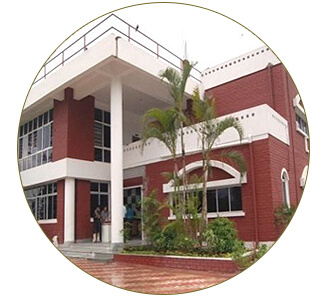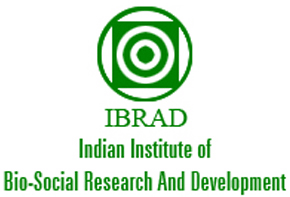Livestock Health and Fodder
Livestock is one of the fastest-growing sectors in the Indian agri-food system with the increase in the share of livestock in the total value of agricultural output from 21 percent in 2011-12 to about 30 percent. India has the world’s largest livestock population and is the highest producer of milk, that accounts to 22 percent of the global milk production. The sector provides livelihood to two-thirds of the rural community. Besides providing direct income the livestock is needed for maintaining soil health and producing organic fertilisers/manures, organic plant growth promoters, and biopesticides. Without the availability of healthy livestock, it is not possible to go for organic and natural farming practices. Despite the constant growth and potential to increase income, improve soil health and production of healthy food, generate employment and empower the poor and marginalised population, including women people fodder, maintaining livestock health and fodder production are the two major challenges faced by the sector.
Due to the rising population and fragmentation of land, the non-availability of the common land the pasture areas in the villages have become limited. Degradation of forests and implementation of the rules also prohibit open grazing in forest areas. These have a serious impact on availability of the feed for the livestock, particularly for the small and marginal tribal farmers living in the forest fringe areas. It is not possible for these people to arrange for stall feeding of their livestock. Lack of sufficient food is affecting the level of nutrition and health of the livestock, limiting its reproductive capacity and productivity. A study reveals that India is facing a shortage of dry and green fodder by 12 percent and 30 percent, respectively. Several studies suggest developing fodder seed villages and fodder seed banks to ensure the supply of quality seeds of improved varieties of fodder.
IBRAD Approach
IBRAD has organised the small and marginal tribal farmers living in the forest fringe villages by forming Common Interest Groups (CIGs) with four – five members in each group.
The CIG identifies some land in the village, be it a common land or land under private ownership for pasture development.
An agreement is made between the owner and the CIG on how to have benefit sharing.
The CIG then fence the land and prepare the soil for pasture development.
It is planted and irrigation is done by the CIG members.
After the pasture land is developed it is being used for fodder.



